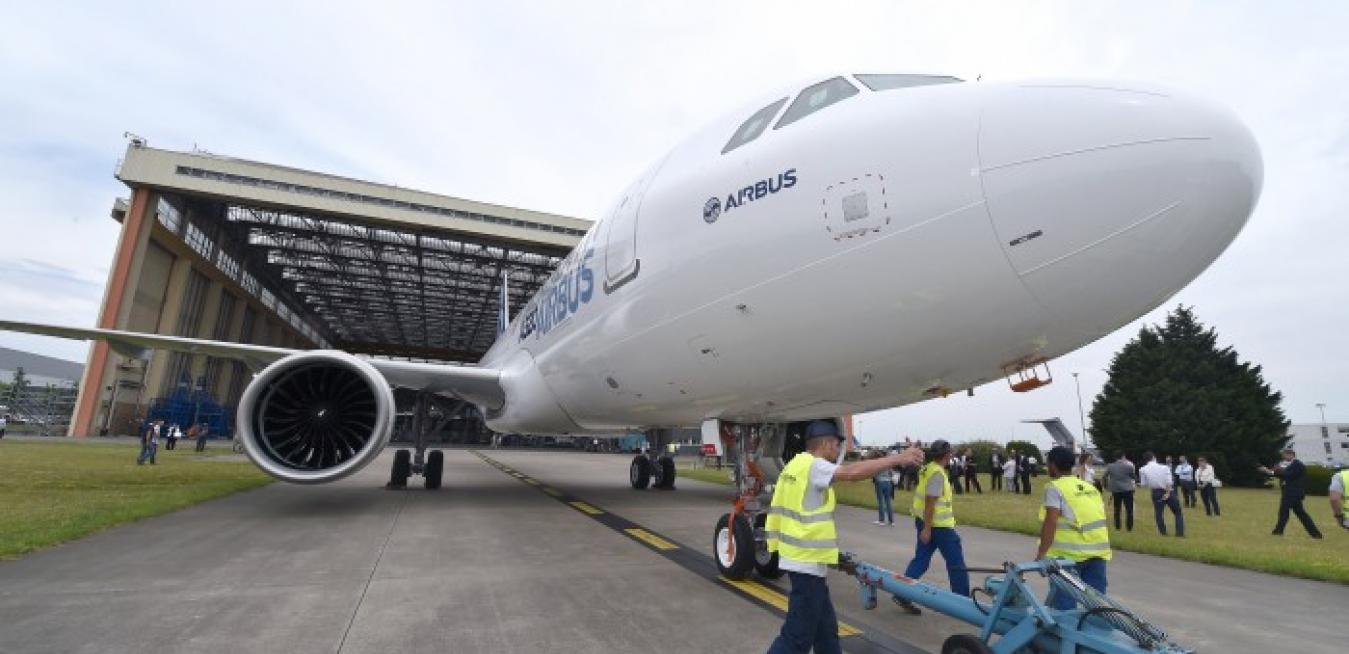But its impact on larger-scale industrial processes—namely, the aviation industry—has only been recently unearthed, and marks what The Wall Street Journal calls “the next 3D frontier” for additive manufacturing.
“It’s one of the technologies that people are just starting to understand its capabilities and how it can be disruptive to their business,” Greg Morris, head of GE’s additive manufacturing efforts, told the Financial Times last week.
The introduction of 3D printing to produce aviation equipment has not been met without controversy. The same Wall Street Journal article reports that “the lack of industry-recognized standards for the materials, processes and testing methods” may become a significant obstacle, as well as the fact that “3-D printing is limited by high costs for the special types of metals, plastics, composites or ceramics needed.”
But in Auburn, Ala., engineers and business leaders are hoping to overcome those challenges.
A year-old aviation factory that’s brought dozens of new jobs and a $125 million investment from GE in Auburn will be undergoing a major upgrade: A $50 million dollar investment will be made in 3D printing to speed up production of jet engine fuel nozzles, GE announced at the Farnborough Air Show on Tuesday.
For the Auburn economy, this means more jobs, more investment capital, and a higher production rate. 70 employees currently work at the GE Aviation factory, and with the new 3D printing facility that employee number will grow to 300.
“This is tomorrow’s technology, and we are proud to say it will be performed right here in Alabama,” said Robert Bentley, the state’s governor.
In terms of production efficiency and speed, Auburn business leaders and GE engineers are expecting a significant ramp-up. The process, in addition to facilitating a leaner and more efficient mode of production, will boost production from about 1,000 fuel nozzles a year today to roughly 40,000 by 2020—all using 3D printing.
This new investment will be the first time additive manufacturing will be used to produce jet engine fuel nozzles on such a scale. This component will be for the LEAP jet engine, which will be used with single-aisle Airbus and Boeing models, according to Alabama.com
To further integrate additive manufacturing into aviation engineering, executives and technology leaders are looking to scale-up these 3D printing operations. As the 3D printing industry continues to grow—and it has by 29 percent in 2012 alone—new technologies will be able to handle the output of industrial parts and aviation components with greater volume and efficiency. 3D printers themselves are expected to drop in price as they continue to evolve in the market, and their mechanical capabilities will improve as the market continues its growth.
And this evolving technology is promising not just for production efficiency, but also for safety and standards in the aviation manufacturing space, said Steve Rengers, the research head for GE Aviation.
“If a flaw is detected in the early stages of printing, catastrophic defects are discarded while others are subjected to additional verification checks,” he told Forbes. “In general terms, there are multiple sensors and parameters constantly monitored during the build. This data is captured and analyzed in real-time while other data is stored and analyzed later.”
This sort of real-time data analysis will have important implications for the aviation industry as it continues to explore additive manufacturing in its production processes. While certain challenges persist—like determining appropriate cooling time for 3D-printed airplane parts—the digital integration of 3D printers in the aviation facilities will allow engineers to access a trove of data at their fingertips that will help refine the entire manufacturing process.
The new 3D equipment will be installed in the Auburn, Ala. facility beginning later this year, and will have the potential to occupy one-third of the 300,000 square foot factory with about 50 3D printing machines—a development that “speaks volumes about the ability of an Alabama workforce to carry out cutting-edge manufacturing,” Gov. Bentley added.
Aviation Proves Newest Territory for 3D Printing was originally published on Ideas Lab





